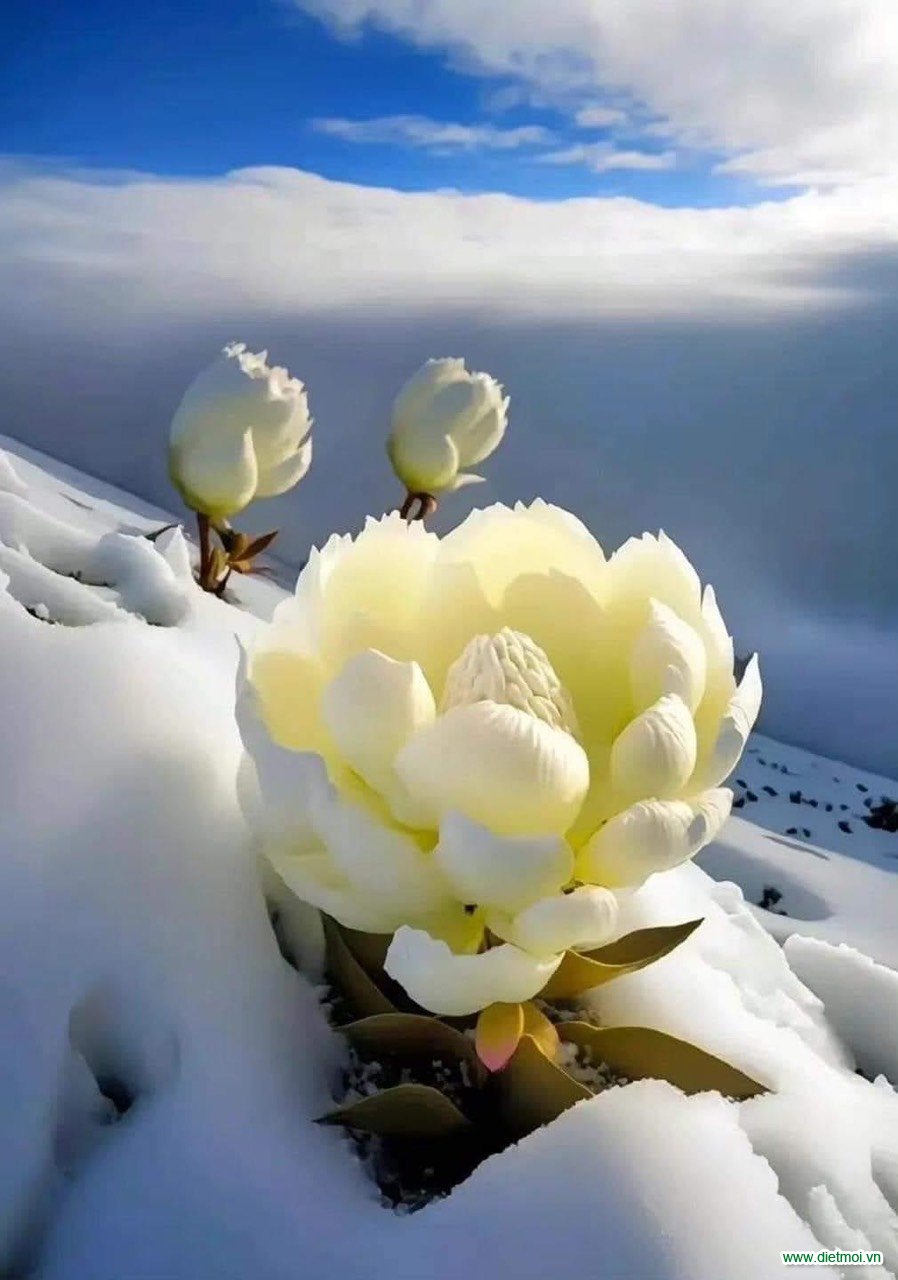Winter’s icy grip may seem like an inhospitable environment for most living creatures, but there are some remarkable plants that defy the odds and flourish beneath its snowy cover. These extraordinary botanical survivors have developed unique adaptations that enable them to not only endure but thrive in the frigid conditions of winter.
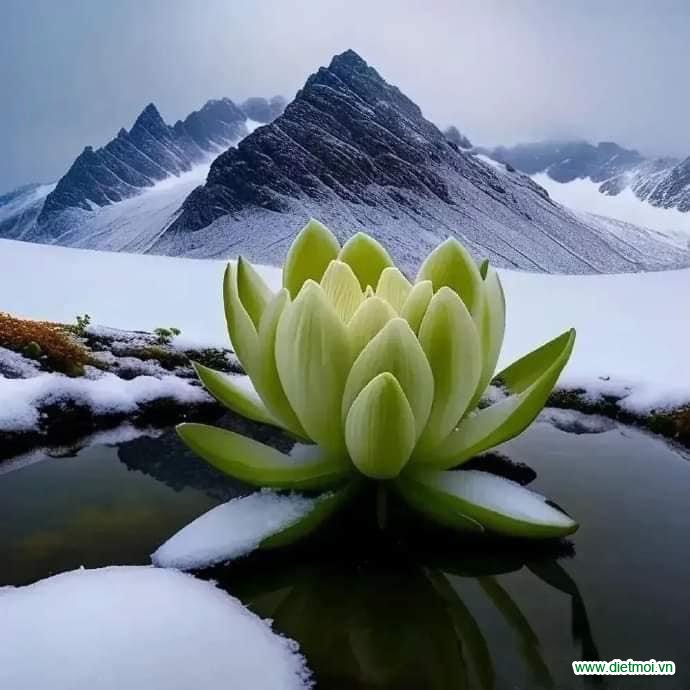
One of the most iconic examples of resilience in the face of winter’s harshness is the Arctic poppy. This delicate-looking flower is native to the Arctic tundra and can be found blooming even when the ground is covered with snow. The secret to its survival lies in its ability to generate its heat, thanks to its dark petals that absorb sunlight. This self-heating mechanism allows the Arctic poppy to maintain a cozy microclimate around its blossoms, ensuring pollinators have a warm place to visit.
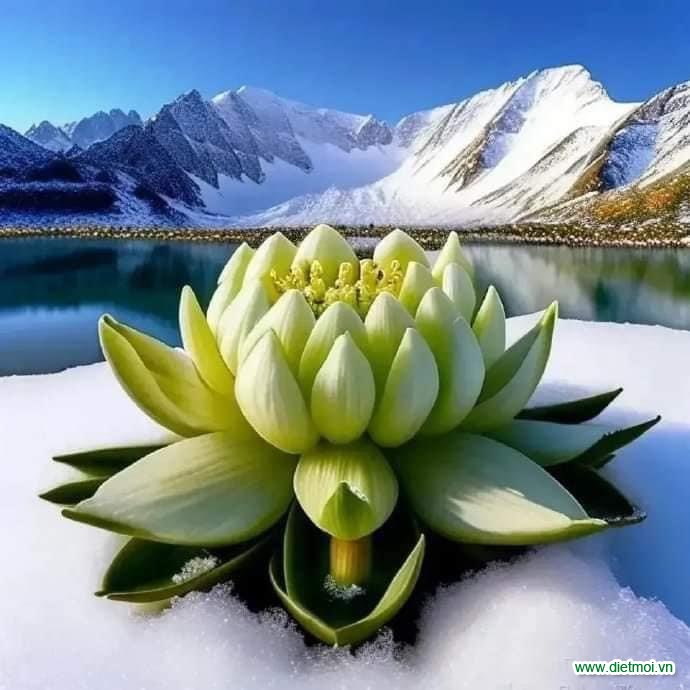
The snowdrop, with its pure white petals, is often the first flower to break through the snow’s icy crust in late winter or early spring. These hardy plants are adapted to thrive in cold conditions, with a unique structure that allows them to push through the snow without sustaining damage. Their ability to flower early provides essential nourishment for emerging pollinators, acting as a lifeline in the transition from winter to spring.
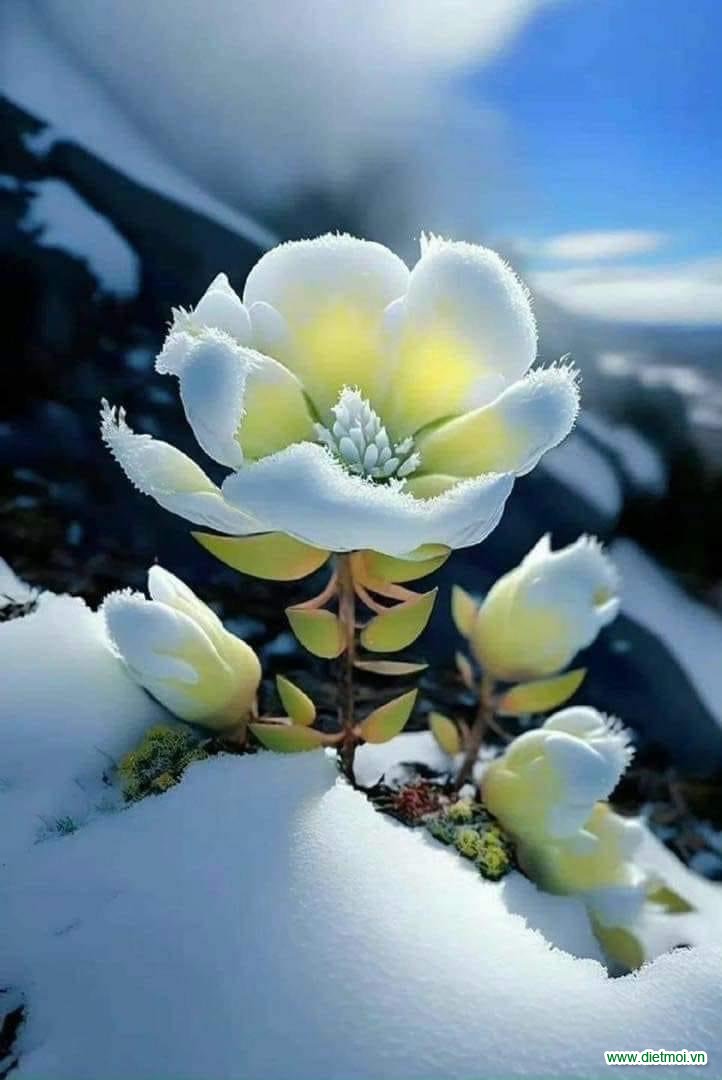
Winter jasmine is another botanical marvel that showcases vitality in the cold. This deciduous shrub boasts bright yellow flowers that bloom from late winter to early spring. Its remarkable cold resistance allows it to add splashes of color to gardens during the bleakest months. Winter jasmine’s ability to endure low temperatures and still produce vibrant blossoms is a testament to nature’s adaptability.
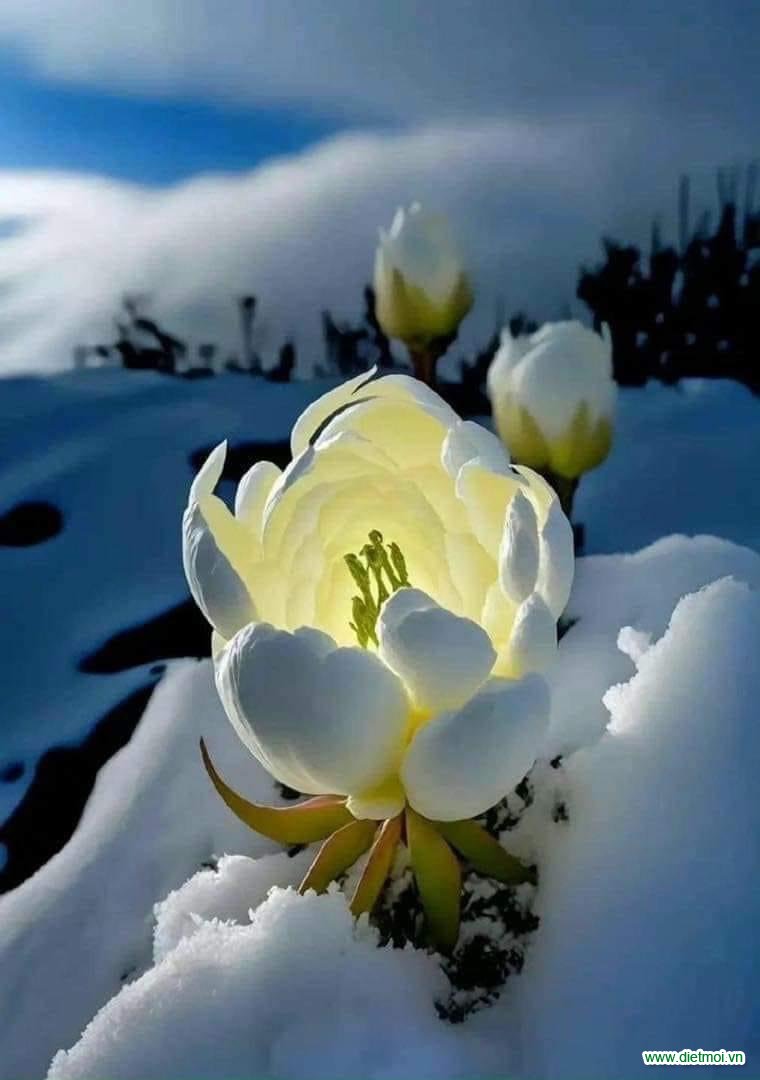
Heather, a common sight in the moors and heathlands of Europe, is known for its ability to thrive in nutrient-poor soils and cold climates. Its evergreen foliage provides year-round color, but it truly shines in late summer and early autumn when it bursts into a profusion of tiny, bell-shaped flowers. Heather’s cold tolerance and its ability to endure harsh conditions make it a symbol of resilience in the plant kingdom.
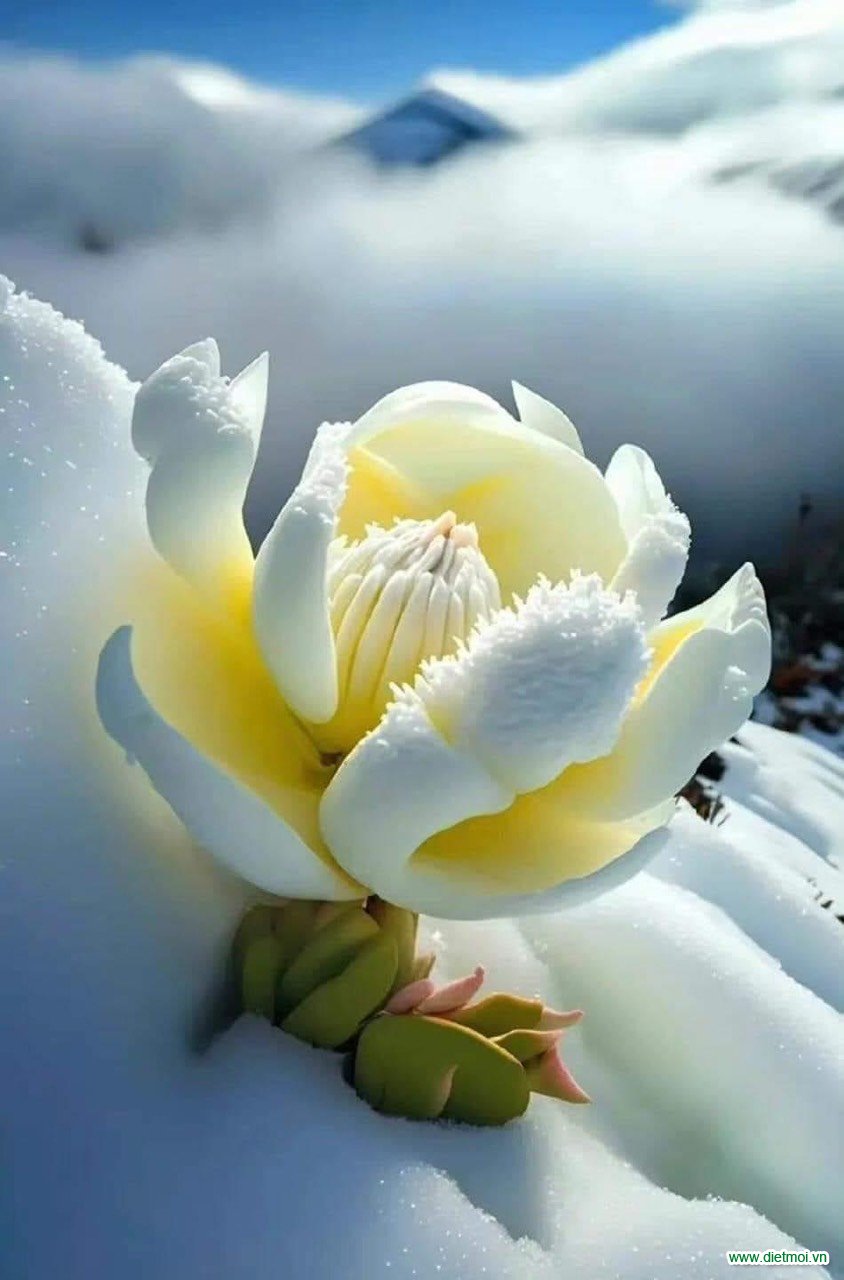
Snowberry shrubs produce small, white, or pinkish berries that stand out against the backdrop of winter’s white. These berries are an essential food source for wildlife during the colder months. Snowberries have adapted to harsh winters by storing energy and nutrients in their roots, allowing them to produce berries when most other plants are dormant.
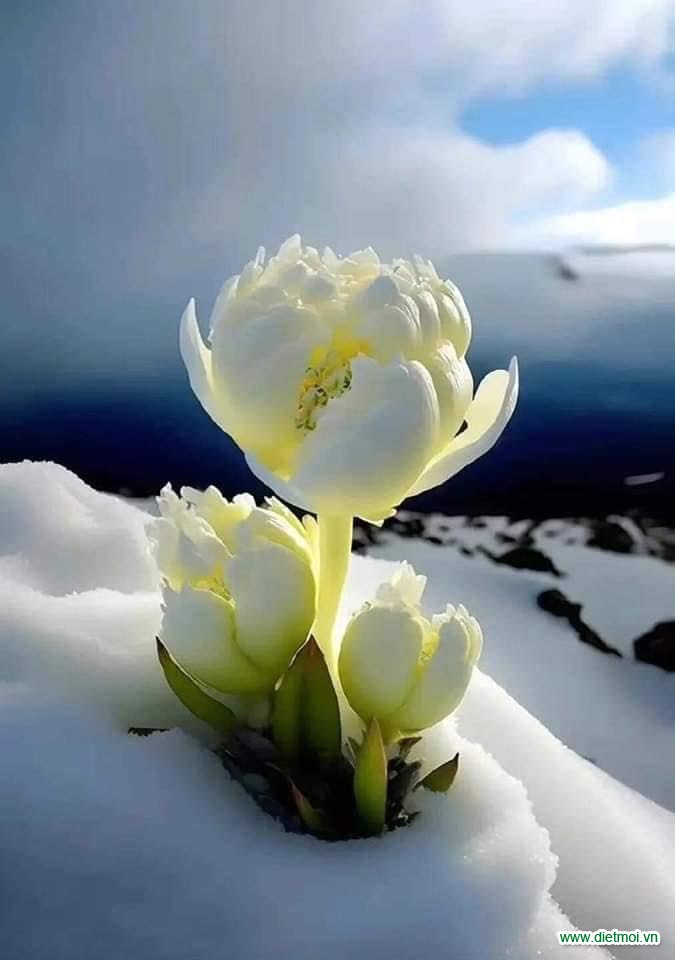
In conclusion, these plants exemplify nature’s incredible ability to adapt and thrive in the face of adversity. They not only survive but also provide vital resources for wildlife during the harshest season of the year. As we admire their delicate beauty against the cold, snowy backdrop, we are reminded of the resilience and tenacity that can be found in the most unexpected places in the natural world.
